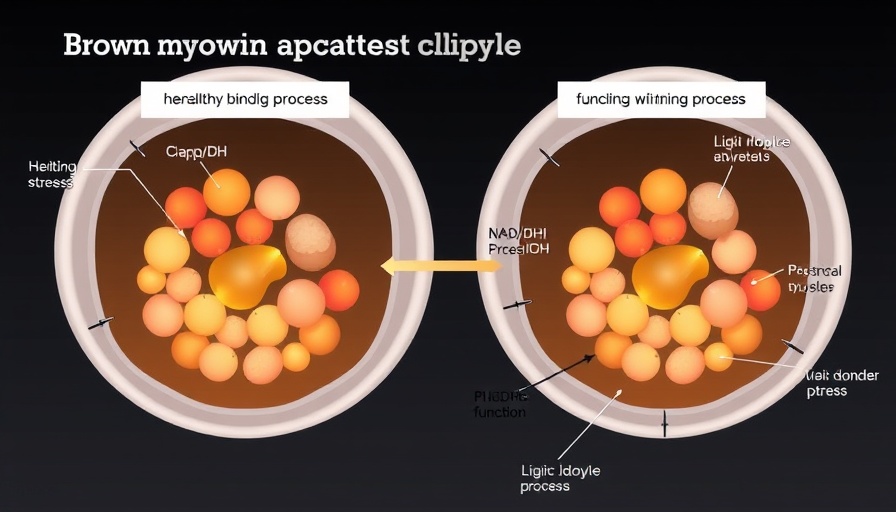
The Future of Visual Acuity Predictions
In an era where artificial intelligence (AI) is revolutionizing various fields, its application in ophthalmology is making significant strides. Recent research has highlighted the effectiveness of machine learning models in predicting best corrected visual acuity (BCVA) in patients who have suffered from unilateral ocular trauma. By leveraging pattern visual evoked potentials (PVEPs), these models provide a novel approach to behavioral predictions in clinical settings, promising enhanced outcomes for patient recovery.
Understanding Machine Learning in Ophthalmology
The study conducted on 260 patients utilized several machine learning algorithms including support vector regression (SVR), Bayesian ridge (BYR), random forest regression (RFG), and extreme gradient boosting (XGBoost). The results showcased the prowess of these algorithms, particularly XGBoost, which achieved an impressive accuracy rate of 89.59% in predicting BCVA values. This suggests not only the robustness of machine learning techniques in interpreting complex data but also their potential to improve clinical decision-making.
Why Is This Research Significant?
For health-conscious individuals aged 30-55, understanding innovations in ocular health can be crucial as they strive for longevity and quality of life. Predictive models like the one described cater not only to immediate clinical outcomes but also to long-term patient management strategies. As we age, maintaining cellular health and function, including those of our sensory organs, becomes paramount. This research’s implications extend beyond mere statistics; they bridge the gap between technological advancements and human health.
Machine Learning Models: A Close Look
Among the various algorithms tested, the XGBoost model emerged as the most reliable, offering the lowest mean absolute error (MAE) in predictions. The ability of such models to analyze numerous ophthalmic parameters offers an unprecedented level of detail in understanding individual recovery trajectories. This can directly impact treatment protocols following ocular trauma, ensuring patients receive tailored care based on predictive outcomes rather than generalized treatment methods.
Path to Regenerative Medicine
The integration of AI and machine learning in predicting visual outcomes is not just a technical marvel; it hints at broader applications in regenerative medicine. As researchers continue to explore cellular rejuvenation techniques such as stem cell therapy and NAD+ boosters, understanding how these variables might influence visual acumen can lead to synergistic therapies that enhance overall health. Knowledge about mitochondrial function and autophagy benefits may intertwine with the data drawn from these advanced predictive models, potentially setting the stage for groundbreaking treatment methods for various ocular conditions.
Final Thoughts: The Edge of Innovation
The intersection of AI and healthcare is leading us into a new frontier where personalized medicine is becoming a reality. Predictive algorithms in ophthalmology signify a shift towards evidence-driven clinical practices that prioritize patient outcomes. For individuals mindful of their health and wellness, this research opens discussions about the importance of innovation in preserving vitality and managing age-related changes effectively.
 Add Row
Add Row  Add
Add 




Write A Comment